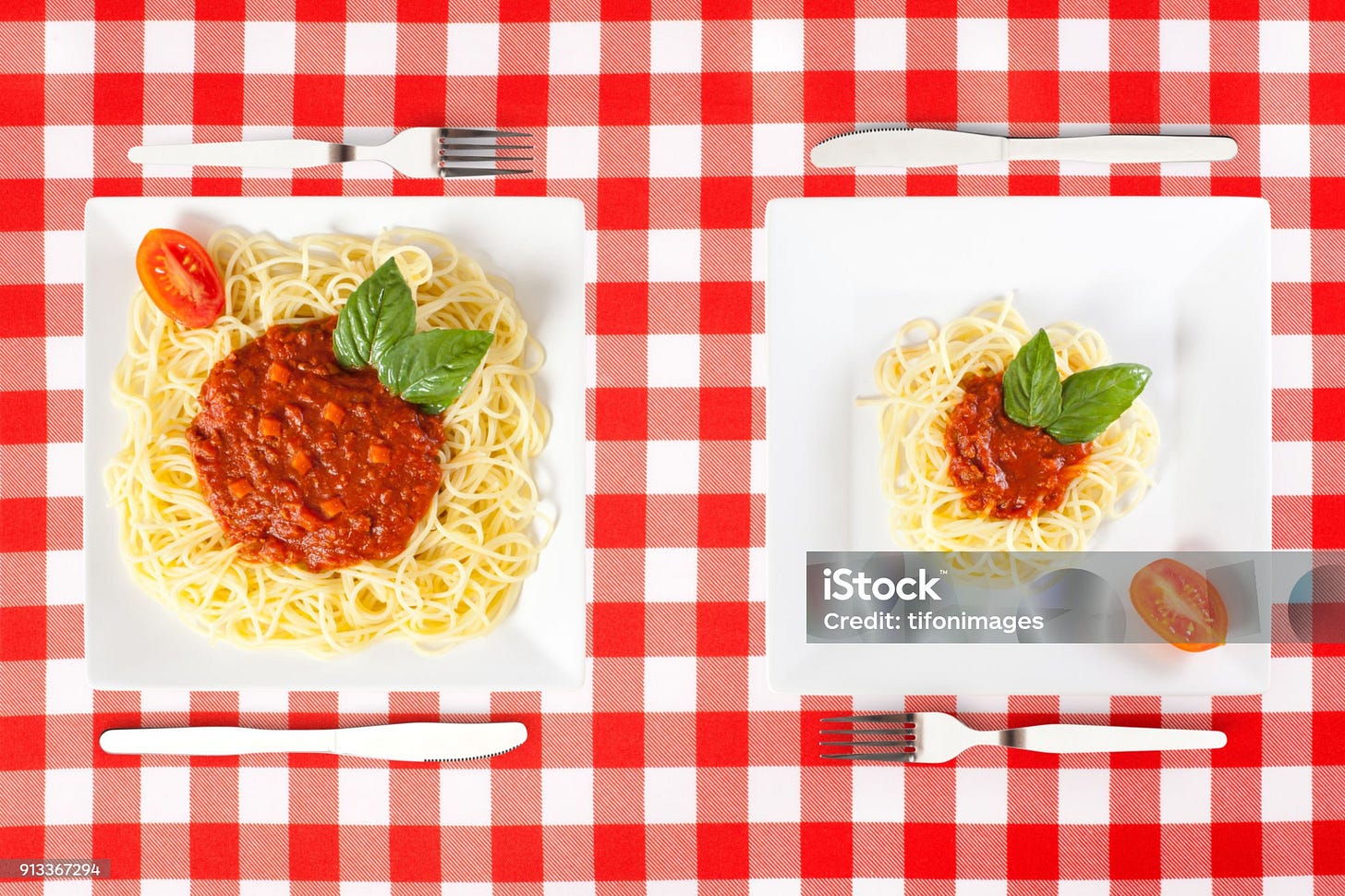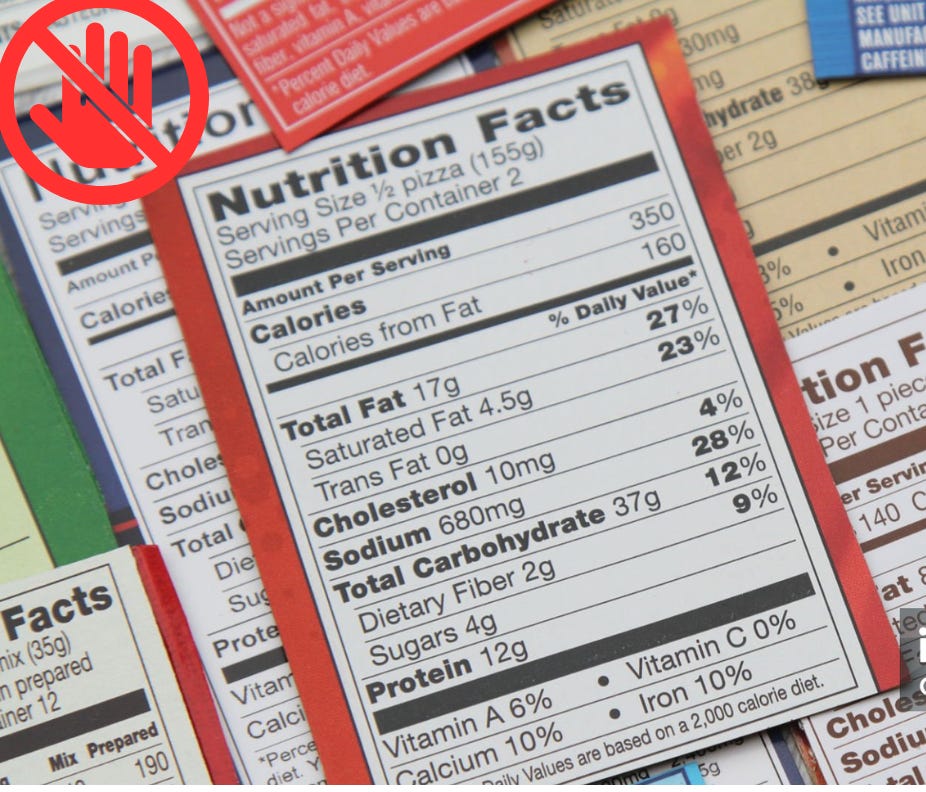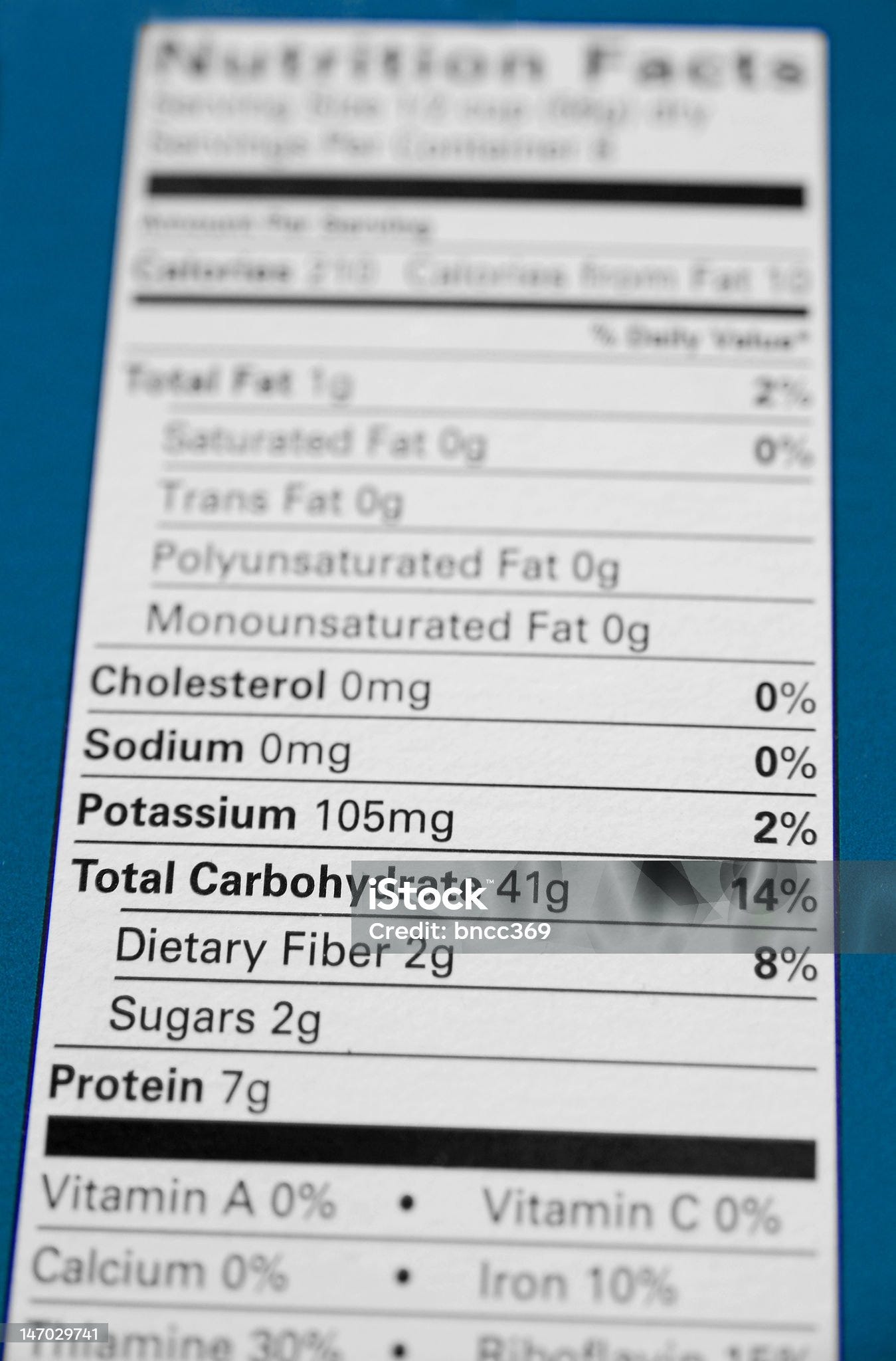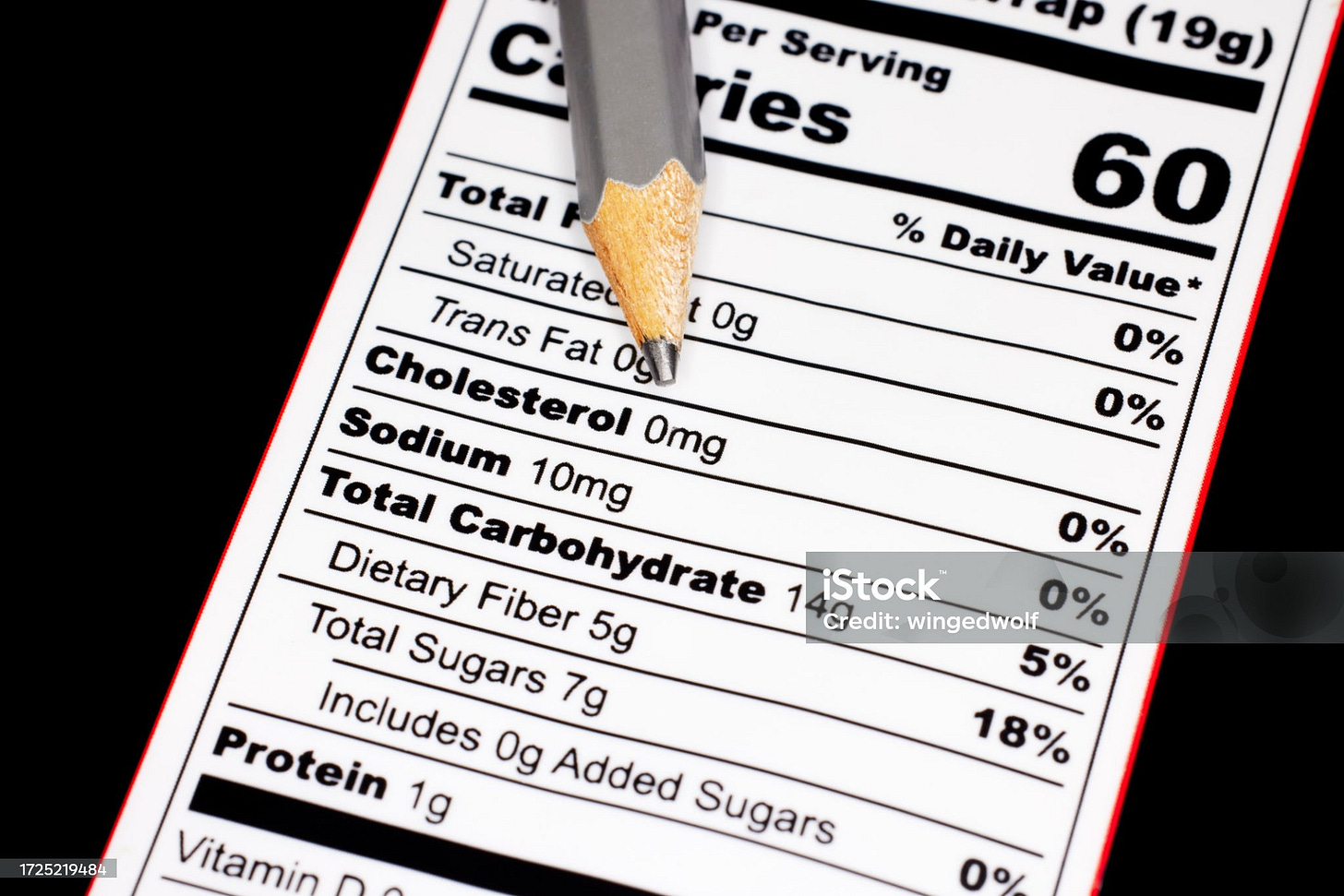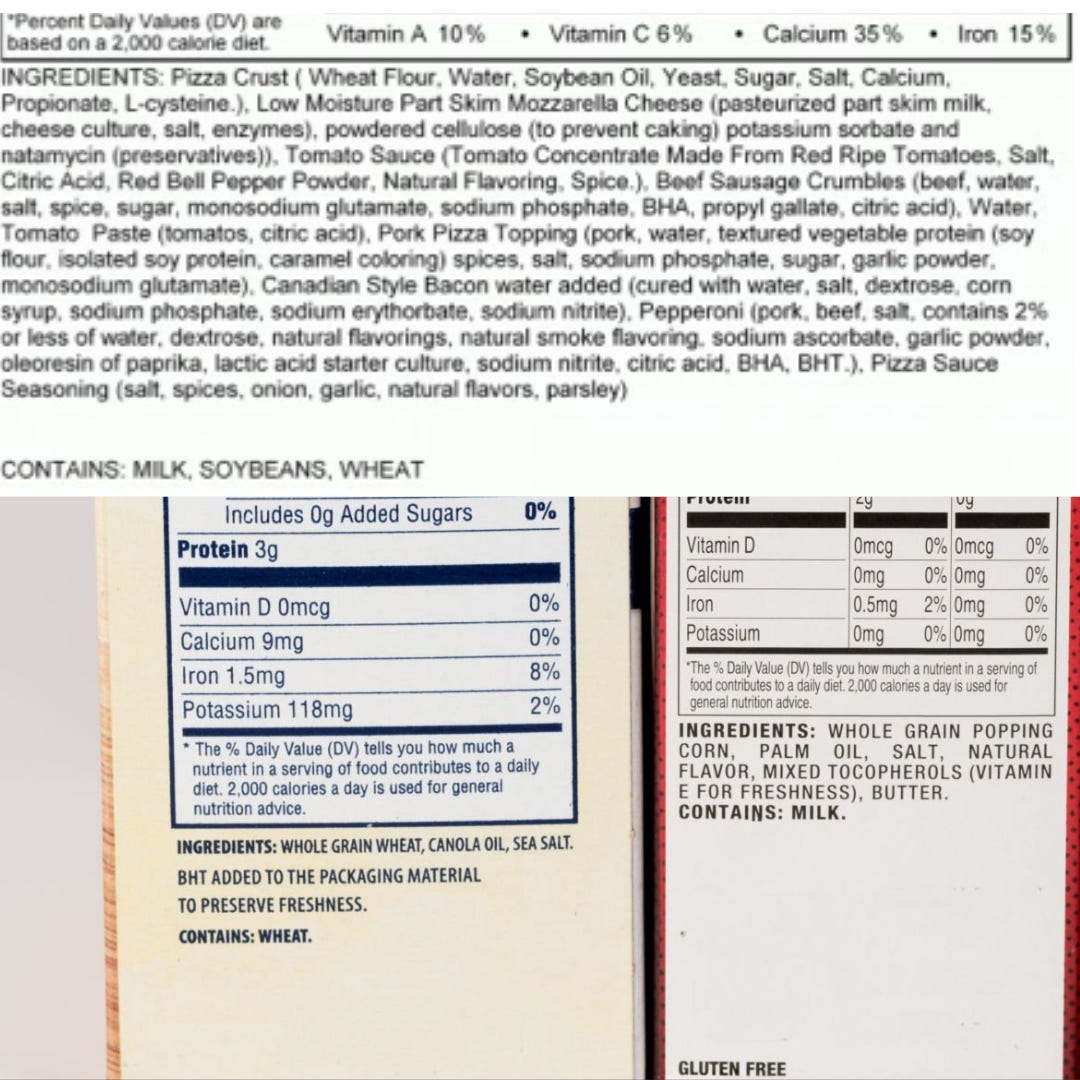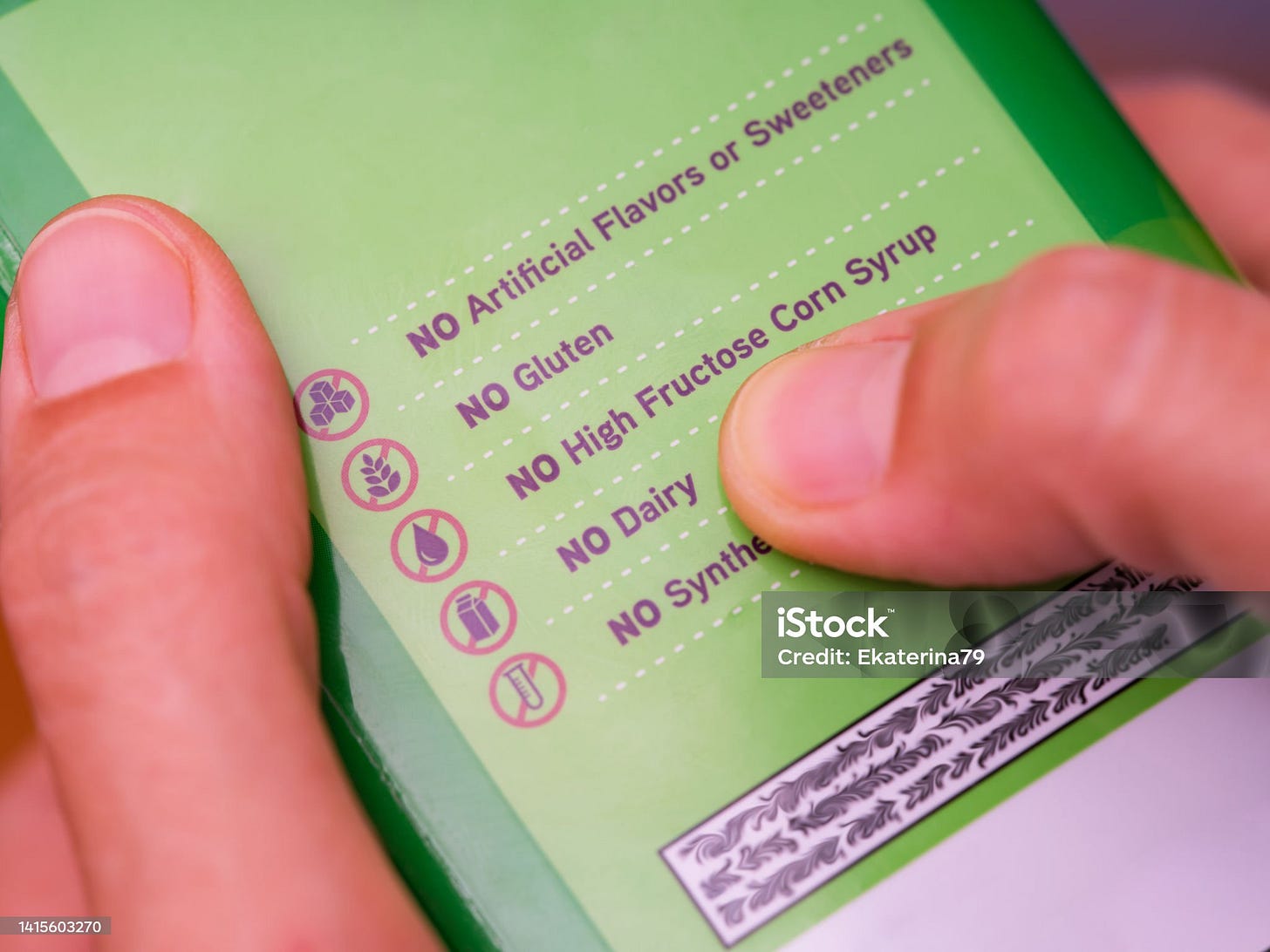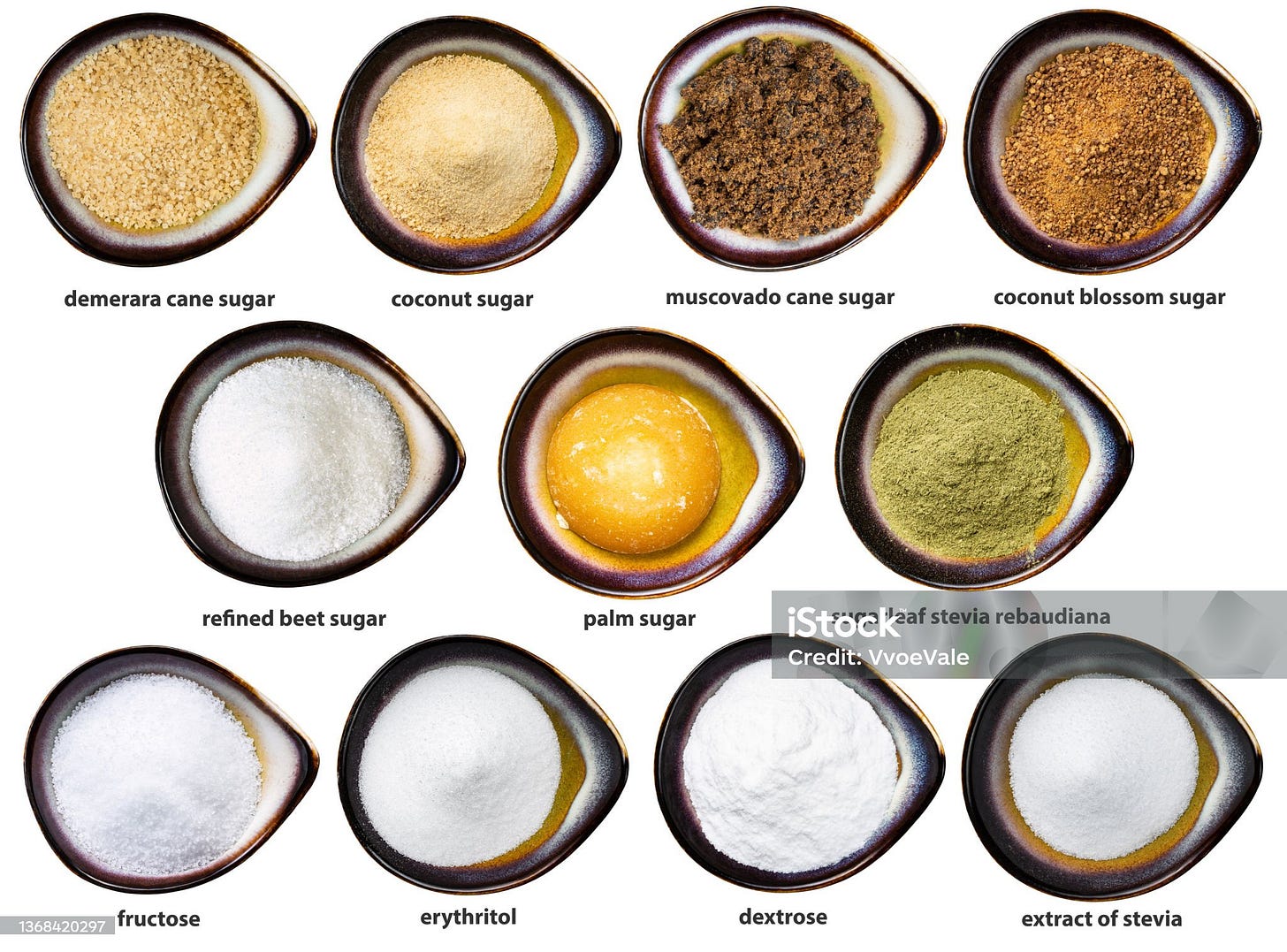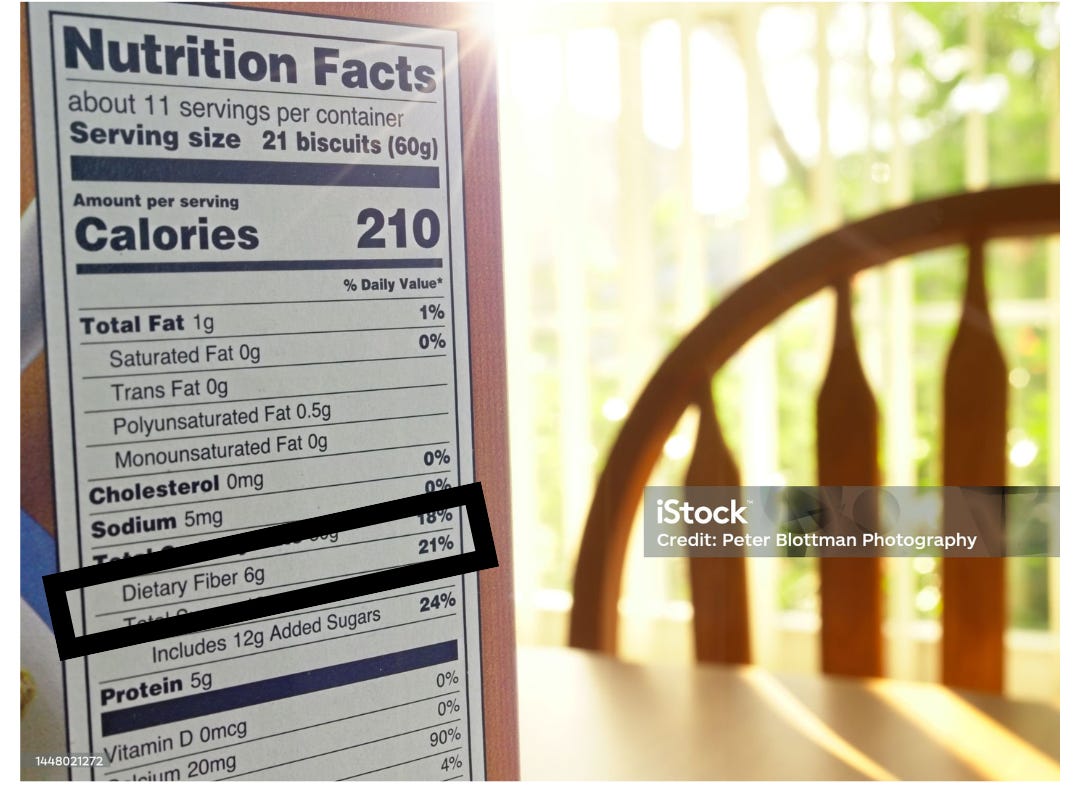We’ve all been there: you’re standing in the grocery aisle, looking at two boxes of cereal, trying to figure out which one is healthier. It’s tempting to go with the one that says “low-fat” or “all-natural,” but those catchy phrases don’t always mean what you think. Food labels can feel like a puzzle sometimes, but once you know what to look for, they can actually make shopping for healthier options so much easier. Let’s break it down, step by step, and by the end, you’ll be a pro at reading those labels!
1. Start with the Serving Size
The first thing you want to look at is the serving size. It’s often right at the top of the label. This is key because all the numbers you see on the label are based on this amount. For example, if a bag of chips says 150 calories per serving, but the serving size is only 10 chips and you eat 30 chips (I mean, let’s be honest, who stops at 10?), you’re actually consuming three times the calories, fats, and everything else listed. So, knowing the serving size helps you understand exactly how much you’re putting into your body.
2. Check Out the Calories
Next up, calories. This number shows you how much energy you're getting from a serving of that food. If you’re watching your weight or trying to maintain a balanced diet, this is a great place to start. But don’t just focus on calories alone—sometimes higher-calorie foods are more nutritious (think avocados or nuts), and low-calorie foods can be packed with unhealthy ingredients (hello, diet sodas!). It’s all about balance.
3. The Nutrients to Limit
After calories, take a look at the section that highlights Total Fat, Saturated Fat, Trans Fat, Cholesterol, and Sodium. These are the nutrients you want to keep in check. Too much of any of these can increase your risk for health problems like heart disease and high blood pressure.
Saturated fats and trans fats are the big bad guys here. Aim for foods with low amounts of these. A trick? If you see “partially hydrogenated oils” in the ingredients list, that food probably has trans fats.
Sodium (salt) can be sneaky. Processed foods often pack a ton of sodium, even when they don’t taste salty. Keep an eye on this one, especially if you're watching your blood pressure.
4. Nutrients to Get More Of
On the flip side, there are nutrients you do want more of, and food labels tell you all about them! Look for foods high in:
Dietary Fiber: This helps with digestion and can keep you feeling fuller longer. Whole grains, fruits, and veggies are your fiber friends.
Vitamins and Minerals: These include Vitamin D, Calcium, Iron, and Potassium, which help keep your body running smoothly. These are essential for things like bone health, immune function, and oxygen transport in your blood.
5. The Percent Daily Value (%DV)
Okay, this part can seem a little tricky at first, but the % Daily Value (DV) is super helpful. It tells you how much of each nutrient one serving of the food contributes to your total daily diet. The general rule is:
5% or less is considered low.
20% or more is considered high.
So, if the label says 5% next to saturated fat, that’s a good sign. But if it says 25%, you might want to rethink it, especially if it’s a food you plan on eating a lot of that day.
6. The Ingredients List: Where the Truth Lies
The ingredients list is where you get the real story. It’s usually found beneath or beside the nutrition facts. Ingredients are listed in order of quantity, from highest to lowest. This means the first few ingredients are what the food is mostly made of. If sugar is one of the first ingredients, you might want to reconsider (or at least be aware that you're in for a sweet hit)
Also, be on the lookout for hidden sugars. They come with all sorts of names, like sucrose, high fructose corn syrup, honey, and maltose. It’s always good to be familiar with these, so you can make smarter decisions.
7. Watch Out for Health Claims
Phrases like “organic,” “gluten-free,” or “all-natural” are all over the place these days. While these terms sound healthy, they don’t always mean a food is better for you. For example, organic cookies are still cookies and might not be the best choice if you’re aiming for a nutrient-rich diet. Always back up these claims by checking the actual nutrition label.
8. Understanding Sugars
One of the biggest things people overlook is the amount of added sugars in processed foods. There’s a difference between natural sugars (found in fruits, for example) and added sugars, which manufacturers throw in to make things taste sweeter. Added sugars can come under different names—like cane sugar, corn syrup, or dextrose—and too much of them can lead to weight gain and other health issues. Aim to minimize foods that are high in added sugars, and try to stick to those with natural sweetness instead.
9. Fiber Is Your Friend
Lastly, fiber is one of the most important things on the label but is often ignored. Dietary fiber helps with digestion and can keep you full longer, which can help you control your appetite and cravings. The more fiber a food has, the better it is for you. Aim for products with 3 grams or more per serving for a good fiber boost.
Wrapping Up
Reading food labels might seem like a lot of work at first, but once you get the hang of it, it’s like having a superpower. You’ll be able to spot unhealthy options and make better choices for your health in no time. Start with the basics—look at the serving size, scan for calories, check the nutrients you want more or less of, and don’t forget to peek at that ingredients list. Before you know it, you’ll be cruising through the aisles, confidently picking foods that support your health goals!
Till next time 👋.
Warm regards,
NutriMuslimah,
Creative Director of NutriNook & Your Guide to Healthy Living.




